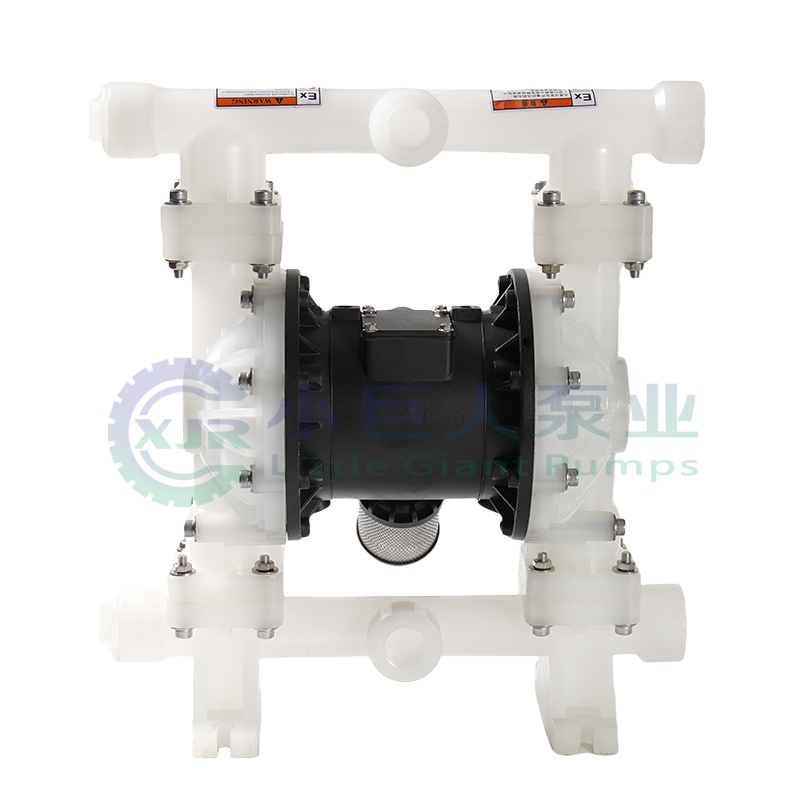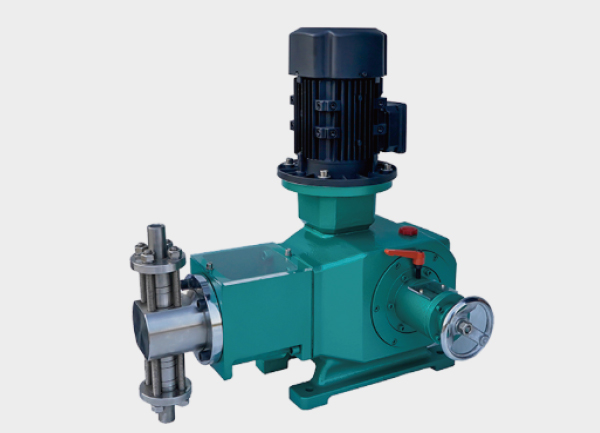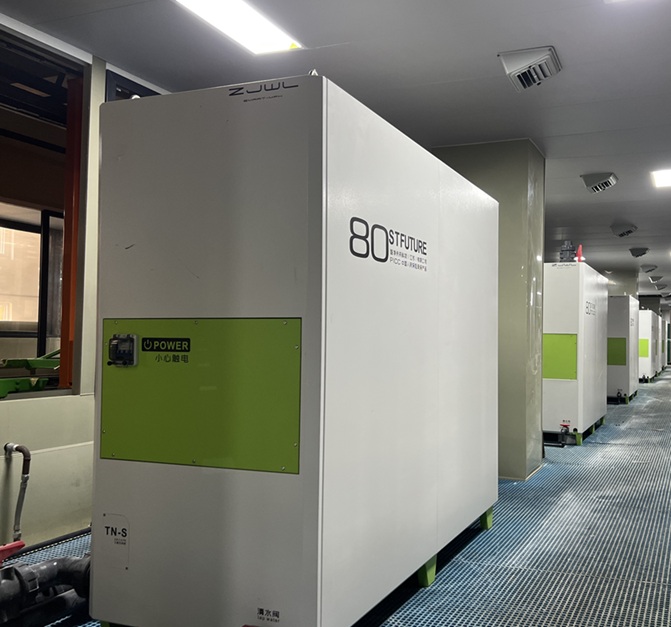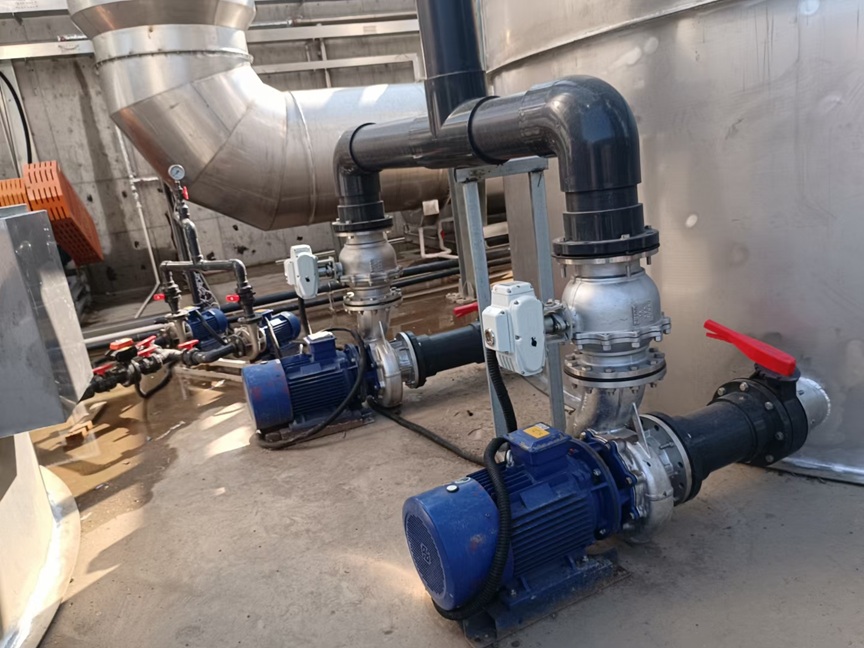When selecting a centrifugal pump, many people often ask:
What are the differences between a Vertical Centrifugal Pump and a Horizontal Centrifugal Pump, and which one is suitable for my application?

At first glance, the difference may seem minor, but in terms of installation, performance, and usage scenarios, the choice can significantly impact system efficiency and maintenance.
1. Key Structural Differences
| Feature | Vertical Centrifugal Pump | Horizontal Centrifugal Pump |
|---|---|---|
| Shaft orientation | Vertical | Horizontal |
| Footprint | Compact, ideal for limited space | Larger, but very stable |
| Pump-Motor connection | Inline or coaxial | Coupled via shaft or directly |
| Maintenance | More complex | Easier to access and service |
2. Performance Characteristics and Typical Applications
Vertical Centrifugal Pump
Advantages: Compact design, saves floor space, convenient for vertical piping layouts.
Applications: High-rise building water supply, cooling water circulation, HVAC systems.
Limitations: Maintenance space may be restricted, bearing load direction is more complex.
Horizontal Centrifugal Pump
Advantages: Stable operation, easier maintenance, ideal for continuous industrial processes.
Applications: Chemical processing, industrial circulation systems, wastewater treatment.
Limitations: Requires more floor space and more flexible piping design.
3. How to Choose Based on Your Needs
Limited installation space or vertical piping required? → Choose a Vertical Centrifugal Pump.
Continuous operation, large flow, easy maintenance needed? → Choose a Horizontal Centrifugal Pump.
Handling corrosive liquids? → Opt for a Stainless Steel Centrifugal Pump or corrosion-resistant materials.
Self-priming required? → Consider a Stainless Steel Self-Priming Centrifugal Pump.
4. Shared Advantages of Vertical and Horizontal Pumps
Wide flow range, stable operation.
High efficiency and adaptability.
Multiple sealing options: mechanical seal, magnetic seal, or packing.
Various material choices: stainless steel, cast iron, or reinforced plastics.
5. Conclusion
The main difference between vertical and horizontal centrifugal pumps lies in structural layout and application environment.
There is no absolute “better” choice—only the most suitable option.
By considering installation space, flow rate, fluid type, and maintenance requirements, you can select the optimal pump to ensure long-term, stable, and efficient system operation.






